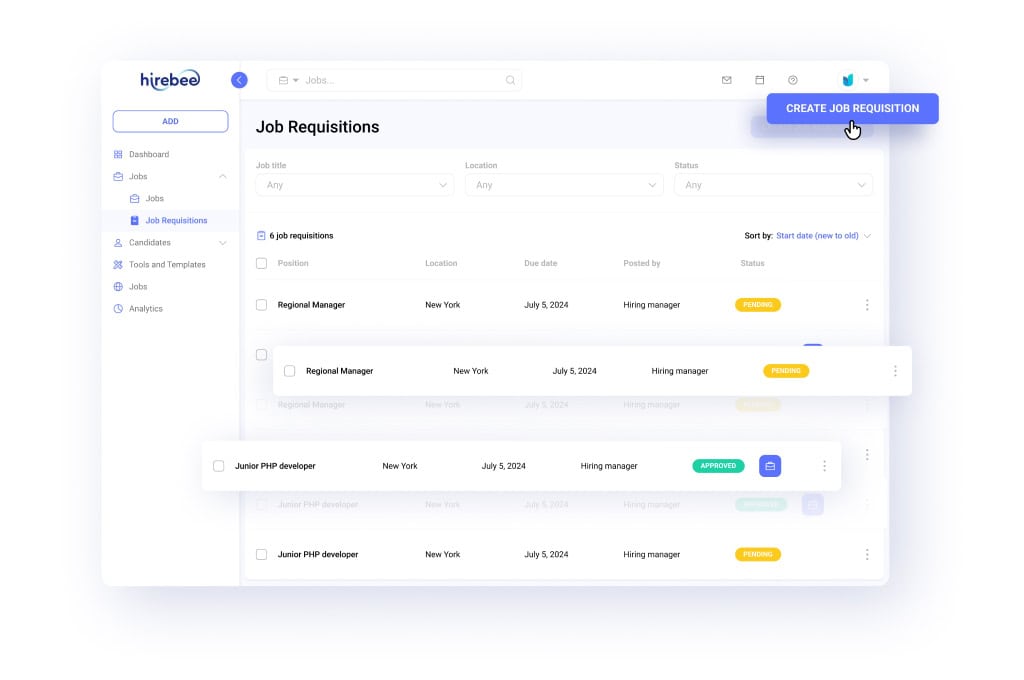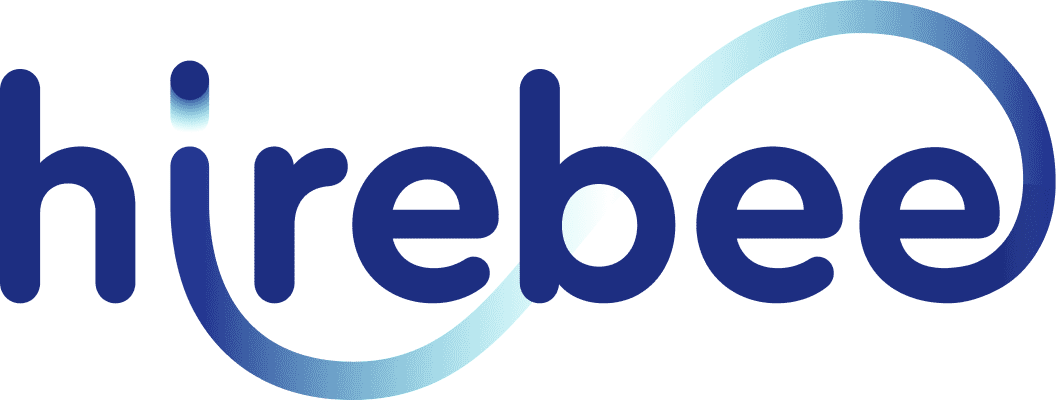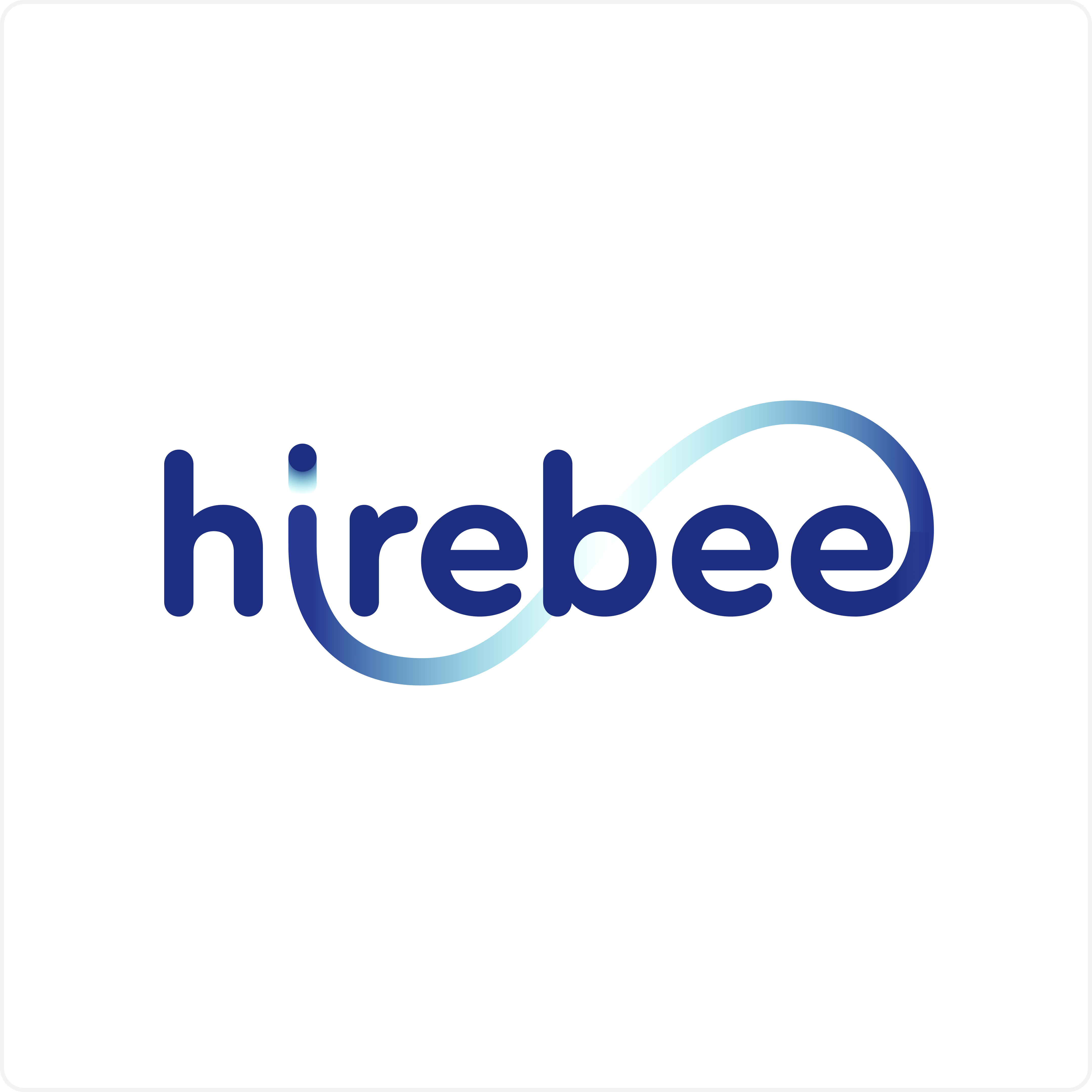In today’s competitive hiring landscape, attracting the right talent requires more than just publishing a job post, it’s about visibility, branding, and creating a compelling candidate experience. Much like marketing a product, modern recruitment involves employer branding, recruitment marketing, and ensuring that job opportunities are seen by the right people at the right time. Job distribution refers to the process of sharing and promoting job openings across multiple platforms, such as job boards, social media, career pages, and recruitment networks, to maximize reach and attract a larger, more qualified pool of candidates.
Table of Contents
ToggleJob Distribution Explained: The Basics
Posting a job isn’t as simple as publishing it on your website and hoping for the best. Reaching the right candidates requires strategic distribution across multiple platforms, making job distribution an essential part of any modern hiring strategy. Below, we break down the fundamentals of job distribution, how it fits into the hiring workflow, and why it matters more than ever.
What Is Job Distribution in Recruitment?
Job distribution is the process of promoting job openings across various online channels such as job boards, social media platforms, company career pages, and recruitment networks. Its purpose is to maximize visibility and attract qualified candidates by meeting them where they are, whether that’s LinkedIn, Indeed, a niche job board, or your company’s website. This multi-channel approach ensures that your job posts don’t get lost in the noise and instead reach diverse, active, and passive candidate pools.
How Job Distribution Fits Into the Hiring Workflow
Once a job description is finalized, it becomes the next crucial step in the hiring process. At this stage, hiring teams decide how and where to promote the role to attract suitable candidates. This can be done manually, by logging into each job board or social media platform and creating posts one by one, or through an automated system that pushes the job to multiple channels at once. Today’s Applicant Tracking Systems (ATS), allow recruiters to distribute jobs at scale with just a few clicks, saving time and ensuring consistency across platforms.
Manual vs. Automated Job Distribution
There’s a significant difference between traditional manual posting and modern, automated distribution workflows. Here’s a quick comparison:
| Aspect | Manual Job Distribution | Automated Job Distribution |
|---|---|---|
| Posting Time | Time-consuming, repetitive steps per platform | A centralized system enables better collaboration |
| Error Risk | Higher (e.g., inconsistent formatting, missed details) | Lower; standardized templates and settings |
| Tracking & Analytics | Limited or non-existent | Built-in performance tracking and reporting |
| Scalability | Difficult to manage at volume | Scales easily with multiple roles and platforms |
| Team Collaboration | Hard to coordinate updates | Centralized system enables better collaboration |
| Integration & Automation | None or minimal | Seamlessly integrated with hiring workflows |
Platforms like Hirebee simplify and enhance job distribution by automating this process, helping companies reach more candidates with less effort.
Who Handles Job Distribution in Companies?
The responsibility for posting often depends on the size and structure of the organization. In small to mid-sized businesses (SMBs), it’s usually handled by HR generalists or hiring managers who juggle multiple roles in the recruitment process. In larger organizations, talent acquisition (TA) teams or recruitment marketing specialists typically manage job distribution, often supported by advanced recruitment software and applicant tracking systems (ATS). Regardless of who’s in charge, having a streamlined system in place is key to making the process efficient and effective.
Why Job Distribution Is More Important Than Ever
As today’s hiring is fast-paced and increasingly competitive. Candidates expect to discover jobs through a variety of platforms and apply easily. At the same time, recruiters are under pressure to fill roles quickly while maintaining quality. To address these challenges, we can:
- Increasing job visibility in a crowded market
- Helping recruiters reach candidates across diverse platforms
- Supporting faster hiring by expanding the talent pool early in the process
- Meeting candidate expectations for a smooth, accessible application experience
Best Practices for Effective Job Distribution
An effective job distribution process isn’t just about where you post. It’s also about when you post and how well your content resonates with the right audience. Timing plays a crucial role. Studies show that job posts published between Monday and Wednesday, especially in the morning or around midday, tend to attract more engagement. Avoiding weekends, unless you’re running paid promotions or targeting passive candidates, is generally a good rule of thumb.
Choosing the right platforms is just as important. While general job boards like Indeed and LinkedIn offer broad visibility, niche job boards tailored to specific industries or skill sets, such as Stack Overflow for developers or Dribbble for designers, can help you zero in on qualified talent. Social media platforms are great for amplifying reach and enhancing employer branding, and your career page should not be overlooked, especially for attracting candidates already familiar with your company.
For staffing professionals, using recruitment software for staffing agencies can simplify and scale this entire process. These platforms often integrate with a wide range of job boards and social media channels, allowing recruiters to post jobs in multiple places at once while maintaining consistency and efficiency across listings.
Once your jobs are live, optimized content makes the difference between being seen and being skipped. Clear, keyword-friendly job titles that mirror how candidates search online can increase visibility. Descriptions should be structured for easy reading, starting with key information like location, responsibilities, and top benefits. It’s also wise to weave in aspects of your employer brand to give candidates a sense of your values and culture.
Another often-overlooked tactic is refreshing or reposting jobs that haven’t gained traction. Since many platforms prioritize newer listings, a small update followed by a repost can help rekindle visibility. Sharing the same job on social media again after a few weeks can also drive new traffic. This is where analytics come into play. Using data to understand which platforms are performing well, where your best candidates are coming from, and how to adjust your distribution accordingly.
Advancements in Job Distribution Technology
As recruitment continues to evolve, job distribution software is rapidly advancing, reshaping how employers connect with talent.
Artificial Intelligence (AI) and Machine Learning (ML) are becoming central to smarter job distribution. These technologies will enable platforms to go beyond simple keyword matching, using algorithms to analyze candidate behavior, preferences, and historical hiring data. The result will be more accurate targeting and better candidate-job matches, helping employers surface top talent faster and more efficiently.
Natural Language Processing (NLP) is also making a significant impact. Through AI-driven chatbots and conversational interfaces, candidates can now receive instant answers to their questions, personalized application support, and even complete pre-screening conversations. These improvements not only enhance the candidate experience but also free up recruiters’ time for higher-value tasks.
Meanwhile, advanced data analytics are giving recruiters deeper visibility into their hiring funnels. Modern platforms are increasingly offering rich, actionable insights, such as which channels yield the highest-quality applicants, how long roles take to fill, and where drop-offs occur in the application process. These analytics empower HR teams to fine-tune their strategies, eliminate inefficiencies, and make informed, data-driven decisions that improve hiring outcomes.
Together, these advancements are transforming job distribution from a manual, scattershot process into a highly optimized, data-informed system. As technology continues to mature, recruitment will become more predictive, more personalized, and ultimately, more effective.
How Modern Job Distribution Works with ATS Integration
With the rise of Applicant Tracking Systems (ATS), distribution has become more efficient, automated, and strategic. ATS integration enables recruiters to post jobs to multiple channels, such as best job boards, career pages, and social media, from a single interface, significantly reducing repetitive tasks and time-to-post.
At the core of this system is a central job creation process. Recruiters input the job details once: title, description, requirements, location, and then select which platforms to publish to. The ATS handles the formatting and submission for each channel, ensuring consistent messaging and faster rollout. As a result, companies can broaden their reach instantly without additional administrative burden. What makes this approach especially powerful is the ability to track performance in real time. Many ATS platforms offer insights into where candidates are applying from, which sources drive the most qualified traffic, and how each job listing performs. This data helps recruitment teams continuously refine their strategies and invest in the platforms that deliver the best results.
Solutions like Hirebee take this a step further by combining smart automation with a user-friendly interface, allowing teams to focus more on evaluating talent and less on distributing posts. While every company’s hiring needs differ, ATS integration has become an essential part of a scalable, modern recruitment strategy.
Leveraging Social Media for Smarter Job Distribution
Social media has become an indispensable part of modern recruitment strategies for good reason. Platforms like LinkedIn, Facebook, Twitter (X), and even Instagram now serve as valuable spaces where employers can reach potential candidates, including those who aren’t actively job hunting. By tapping into social media networks, companies can significantly expand their talent pool and build stronger employer branding in the process.
Unlike traditional job boards, social platforms offer a more dynamic and engaging way to connect with talent. Posts can be shared organically, reshared by employees or followers, and even targeted through paid promotions to reach specific audiences based on skills, location, or interests. This kind of visibility makes social media an ideal channel for boosting job awareness and reaching both active and passive candidates.
To make the most of social media distribution, consistency and timing are key. Well-crafted posts that reflect the company’s tone and values tend to attract more attention. Visual elements like branded graphics, short videos, and compelling headlines also enhance engagement and encourage users to learn more or share the post with their networks.
Managing and Tracking Job Distribution Performance
At the heart of structured hiring lies the job requisition, a formal request to open a new position within an organization. This document serves as the foundation of the hiring process, ensuring that every vacancy is approved, justified, and aligned with broader workforce planning goals. A job requisition typically includes critical details such as the job title, department, reporting manager, employment type, salary range, reason for the opening, and budget approval.
When managed manually, requisition workflows can be time-consuming and fragmented, often involving email threads, spreadsheets, and paperwork that delay hiring decisions. Digitizing this process not only reduces administrative burden but also enhances transparency and accountability. It allows HR, finance, and department heads to collaborate more effectively, with real-time visibility into the status of each request and built-in approval routing that keeps everything on track.
Digital job requisitions also lay the groundwork for smarter job distribution. Once a role is approved, details can flow directly into job posting workflows, minimizing data entry errors and speeding up time-to-post. Additionally, performance metrics, such as source effectiveness, time to fill, and applicant volume, can be linked back to the original requisition, offering a more comprehensive view of recruitment efficiency.
For example, Hirebee supports this streamlined approach by offering customizable workflows and defined role-based permissions, allowing teams to collaborate seamlessly from requisition to hire. While tools can simplify the process, the real value lies in the structure and clarity that digital requisitions bring to modern hiring practices.

Customizing Job Listings for Different Platforms
Not all platforms are created equal, especially when it comes to job distribution. Each channel, whether it’s a traditional job board like Indeed, a professional network like LinkedIn, or a social media feed like Facebook or Instagram, has its format, audience behavior, and best practices. That’s why customizing job listings to suit each platform’s unique environment is essential for maximizing visibility and engagement. For instance, job boards often prioritize keyword-rich titles and clear, structured formatting to rank listings higher in search results. On LinkedIn, a more professional tone and emphasis on company culture can help attract passive candidates scrolling through their feed. On social platforms, eye-catching visuals and concise descriptions are more effective at grabbing attention and driving clicks.
Recruiters who tailor their job posts for each platform increase their chances of reaching the right audience in the right context. Customization helps ensure that listings meet platform-specific requirements and are optimized for both discoverability and readability. This improves not only the quantity but also the quality of applicants, leading to a more efficient and targeted hiring process. Hirebee streamlines this customization by allowing users to adapt job content for various channels within a single workflow. Instead of creating multiple versions from scratch, recruiters can use flexible templates and platform-specific options to ensure each listing resonates with its intended audience.
Measuring the Impact of Your Job Distribution Strategy
Tracking the impact of your job distribution efforts is crucial for refining and optimizing your recruitment strategy. By monitoring key metrics like application rates, engagement levels, and the performance of different distribution channels, recruiters can gain valuable insights into what is working and where improvements are needed. These metrics help identify which platforms are most effective in attracting qualified candidates and which job postings resonate best with specific audiences.
For example, if a particular channel is underperforming, recruiters can pivot to other platforms or adjust the job description to better match the platform’s audience. Similarly, tracking engagement patterns helps understand what type of content (such as images, headlines, or job details) generates the most interest and conversions. Platforms that provide detailed, real-time analytics give recruiters the power to make informed decisions, optimizing job postings and distribution tactics as they go. Features like surveys can complement this by gathering direct feedback from candidates, adding another layer of insight into the process. Ultimately, this data-driven approach enables recruiters to continuously refine their strategy and improve recruitment outcomes.
How Hirebee Enhances Job Distribution
Hirebee offers a wide range of features that can significantly enhance your job distribution efforts. For instance, Hirebee’s robust reporting and analytics provide valuable insights into your applicants by source and track hires by source, helping you identify which platforms are driving the best candidates. These insights empower you to fine-tune your strategy and focus on the channels that deliver the highest-quality results.
To explore all the features Hirebee has to offer, simply visit our homepage. You can also get hands-on with job distribution by signing up for a 14-day free trial or booking a demo to see how Hirebee can streamline your hiring process.









